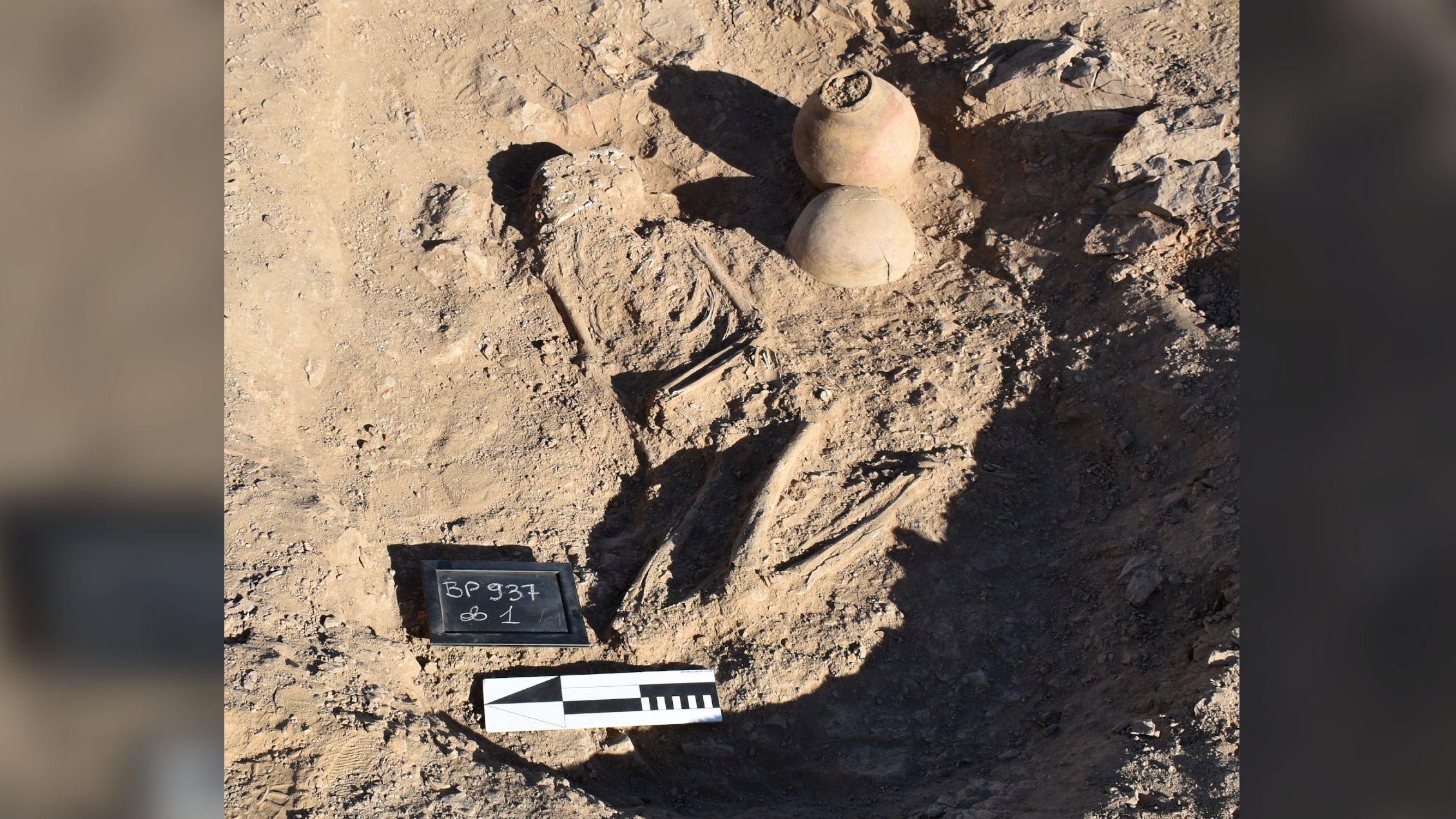Mount Etna eruption in images: See Europe's largest active volcano blow from different angles
The latest Mount Etna eruption triggered an avalanche of volcanic material and sent ash miles into the air. Spectacular photos and videos capture the eruption of Europe's largest active volcano.
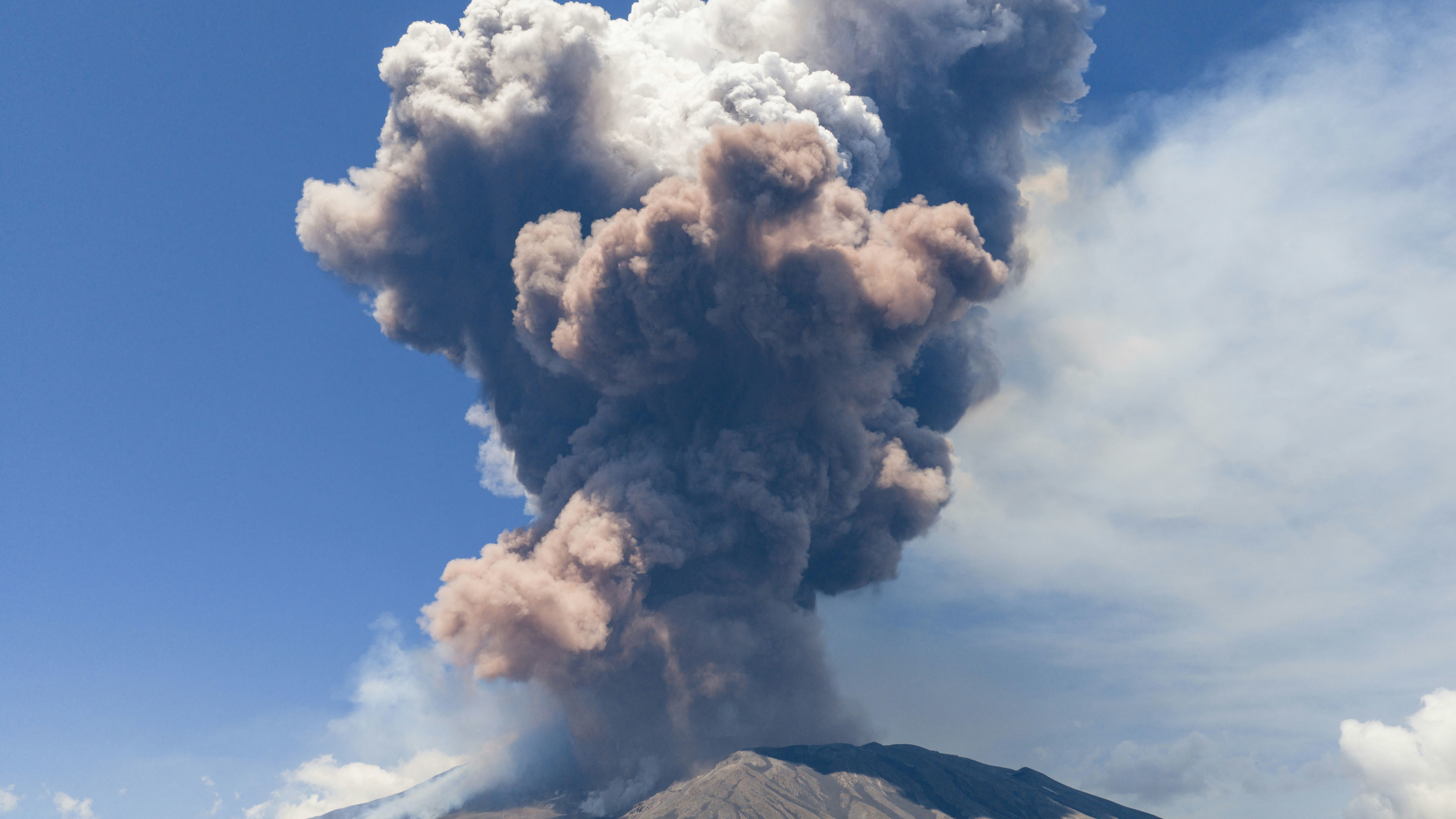
Mount Etna erupted on Monday (June 2), sending a flow of hot material racing down the volcano as a massive dark cloud of ash rose high into the sky above Sicily. Live Science has rounded up some of the best photographs and videos of this eruption.
News reports initially indicated this was the biggest eruption at Etna since 2014, but INVG representatives have since said this is not the case and that it was "a medium-sized eruption."
The Italian volcano, which is the largest active volcano in Europe, has been erupting on and off for centuries, according to the Smithsonian's Global Volcanism Program. The current interval of eruptive activity began on Nov. 27, 2022.
An avalanche of ejected hot lava blocks, ash, gas and other volcanic material, known as a pyroclastic flow, began to race down the side of the volcano at around 11:20 a.m. local time.
Related: WATCH Mount Etna erupt: Europe's largest volcano blows as tourists scramble to safety
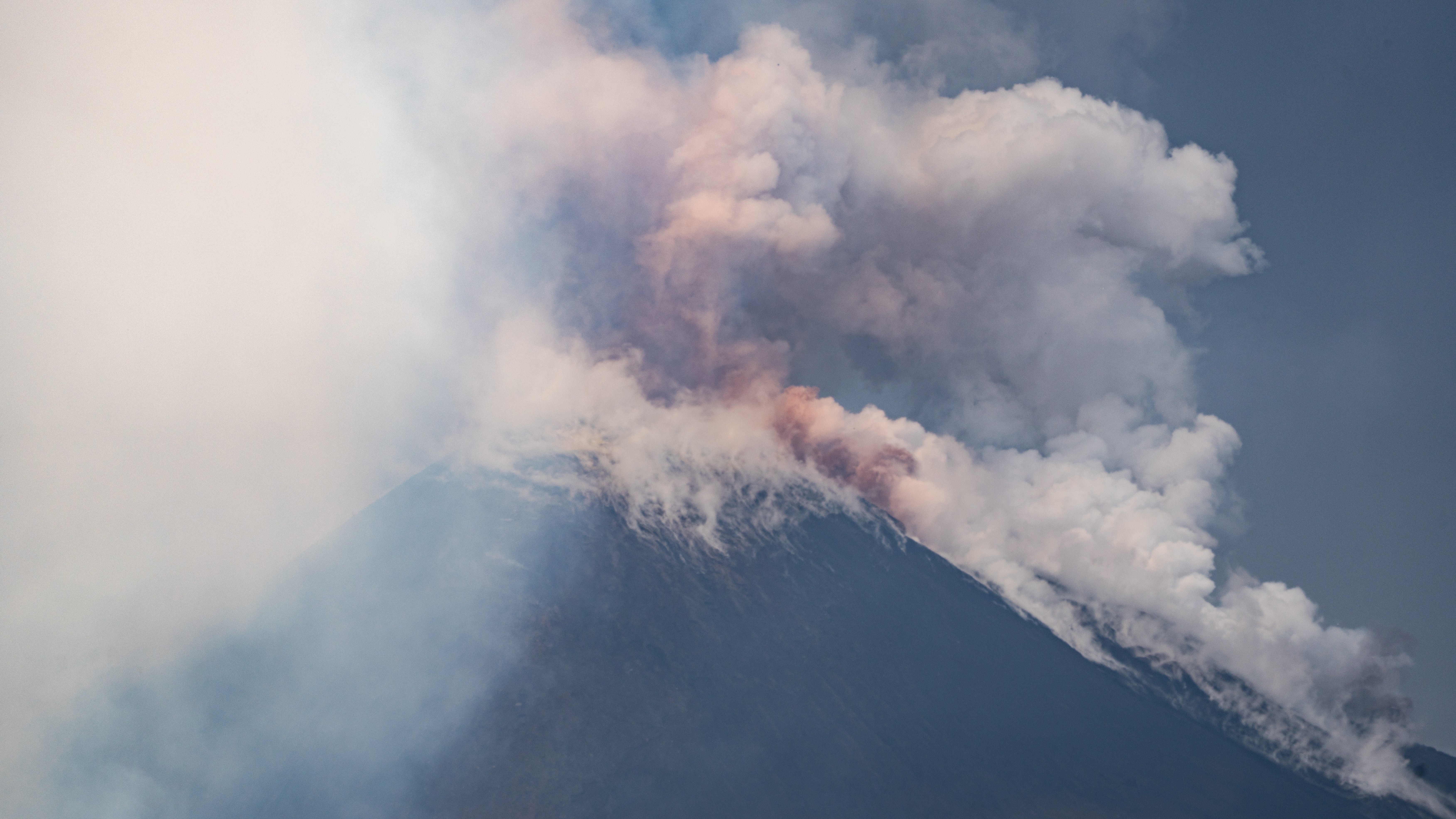
Mount Etna's latest eruption likely started after a collapse of material in the southeast crater. The resulting explosive activity then spawned three main lava flows that are now cooling, according to an update from the Etnean Observatory, run by Italy's National Institute of Geophysics and Volcanology.
#Etna 2025 suite de l’éruption pic.twitter.com/95sZiVHGbMJune 2, 2025
Footage of the pyroclastic flow makes it look as if the volcano is splitting open from the top down as the ejected material races along the side of the volcano. People visiting Etna at the time captured the eruption on video as they fled.
Get the world’s most fascinating discoveries delivered straight to your inbox.
Sudden eruption on Etna volcano! #etna #sicily #volcano pic.twitter.com/WCpwNcQ5U8June 2, 2025
Volcano visitors filmed a massive cloud of ash and other volcanic material rising up above them as they fled. Some people stopped to take photos and videos while others scrambled away as fast as they could. There are no reports of injuries.

An ash cloud generated by the eruption rose up to around 21,300 feet (6,500 meters into the sky, according to an update from the Toulouse Volcanic Ash Advisory Centre in France at 12:00 p.m. local time. Mount Etna is around 11,000 feet (3,350 m) tall, so the ash cloud was almost twice as high as the volcano itself.
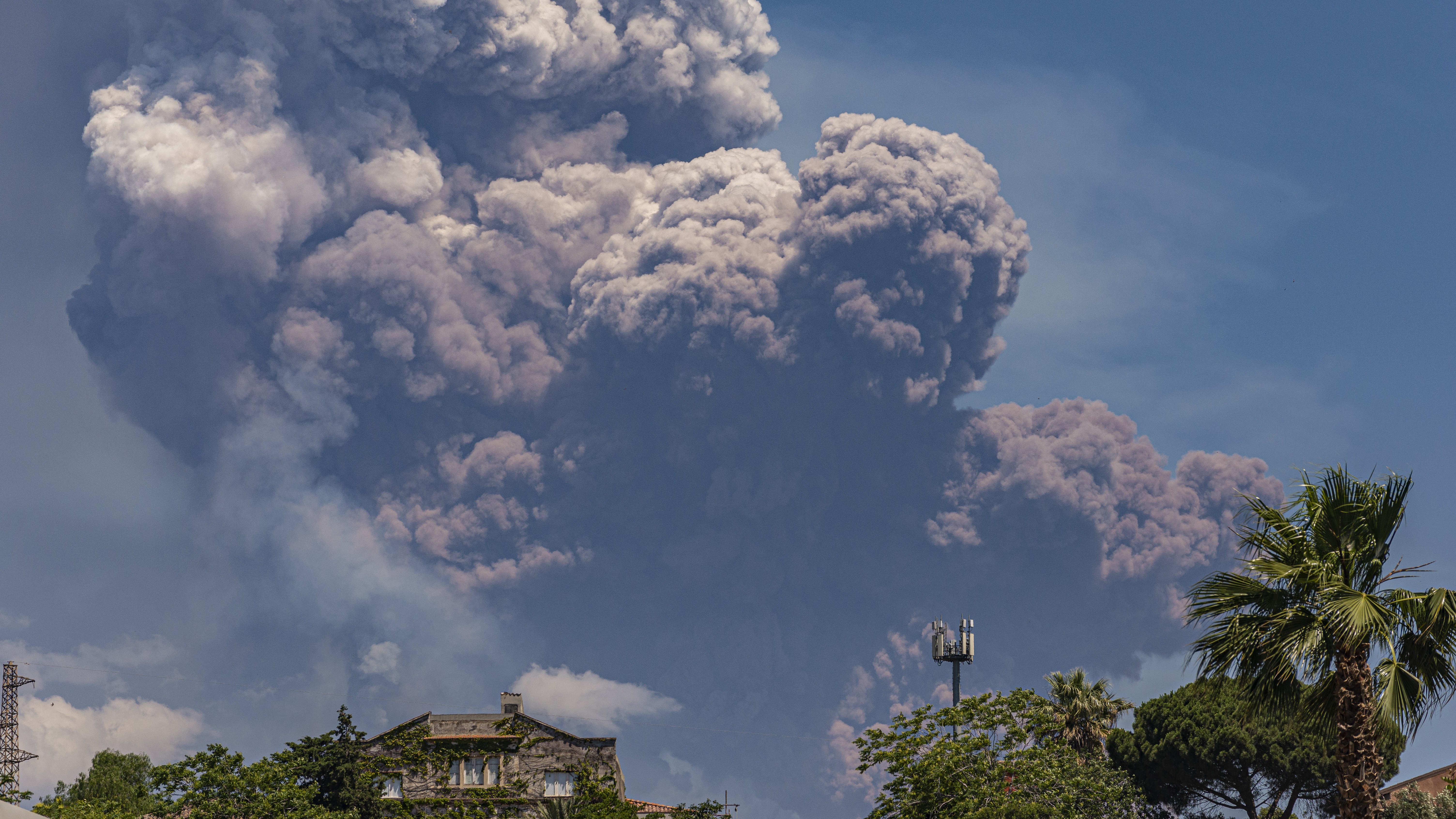
The eruption pumped large amounts of sulfur dioxide (SO2) into the atmosphere, according to the Toulouse Volcanic Ash Advisory Centre. When released from a volcano, sulfur dioxide can mix with other gases and particles to form a haze called volcanic smog (vog). Inhaling enough vog can cause respiratory problems and other health issues such as eye and skin irritation, according to the United States Geological Survey.

Mount Etna towers above the nearby metropolitan city of Catania, which is home to a population of more than 1 million people. Catania residents and visitors saw the eruption from the city's streets as the ash cloud obscured what was a clear blue sky.
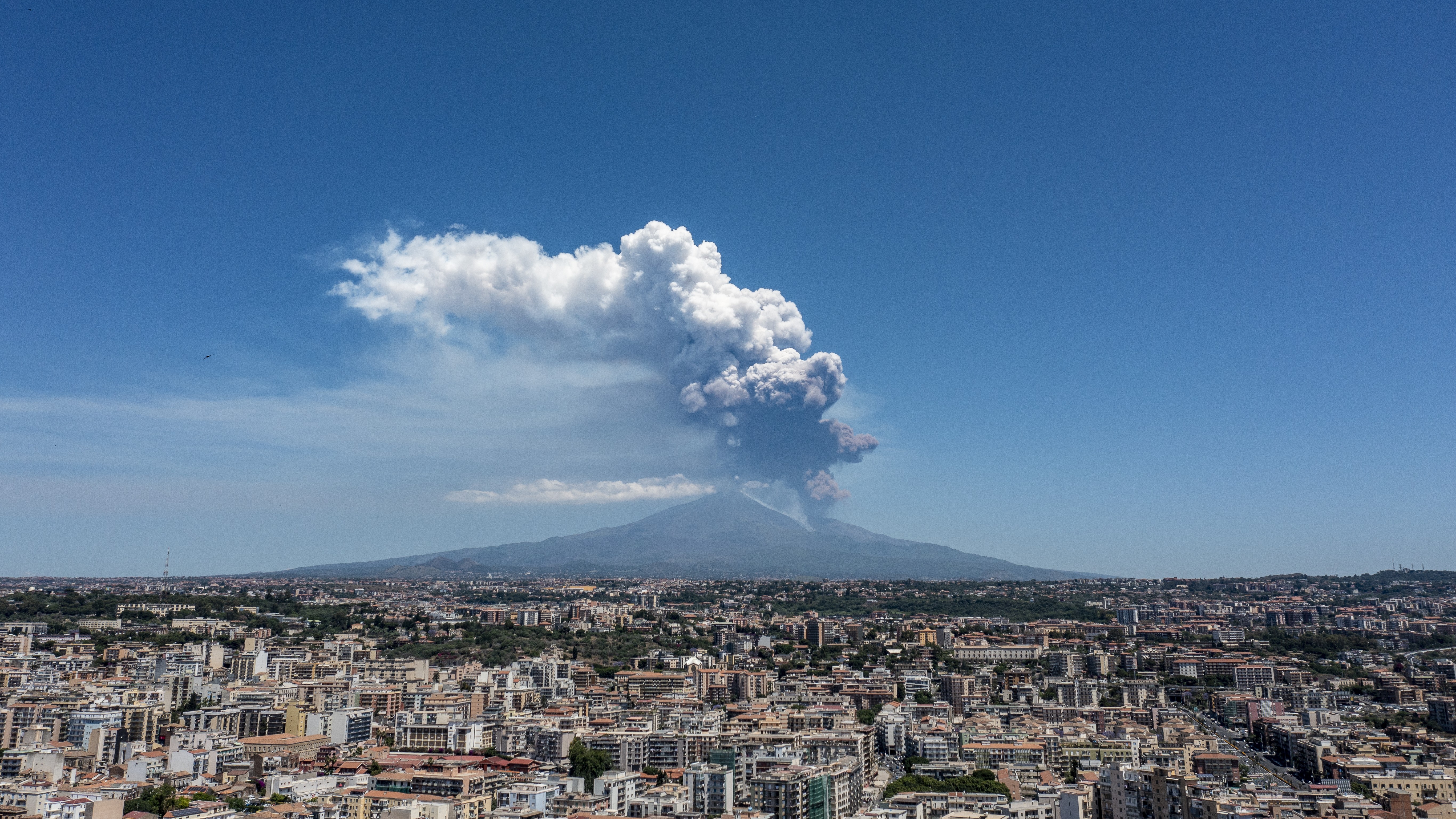
The eruption had stopped by 4:56 p.m. local time, when the Etnean Observatory published an update on Mount Etna's activity. The Toulouse Volcanic Ash Advisory Centre noted that there was no ash cloud being produced at 4.22 p.m., and by 5:22 p.m., the ash cloud was dissipating.
Editor's note: This story was updated on Wednesday, June 4 at 5:34 a.m. ET as it previously incorrectly stated the eruption was the biggest since 2014. After publication, INVG representatives told Live Science that it was "a medium-sized eruption."

Patrick Pester is the trending news writer at Live Science. His work has appeared on other science websites, such as BBC Science Focus and Scientific American. Patrick retrained as a journalist after spending his early career working in zoos and wildlife conservation. He was awarded the Master's Excellence Scholarship to study at Cardiff University where he completed a master's degree in international journalism. He also has a second master's degree in biodiversity, evolution and conservation in action from Middlesex University London. When he isn't writing news, Patrick investigates the sale of human remains.
You must confirm your public display name before commenting
Please logout and then login again, you will then be prompted to enter your display name.
